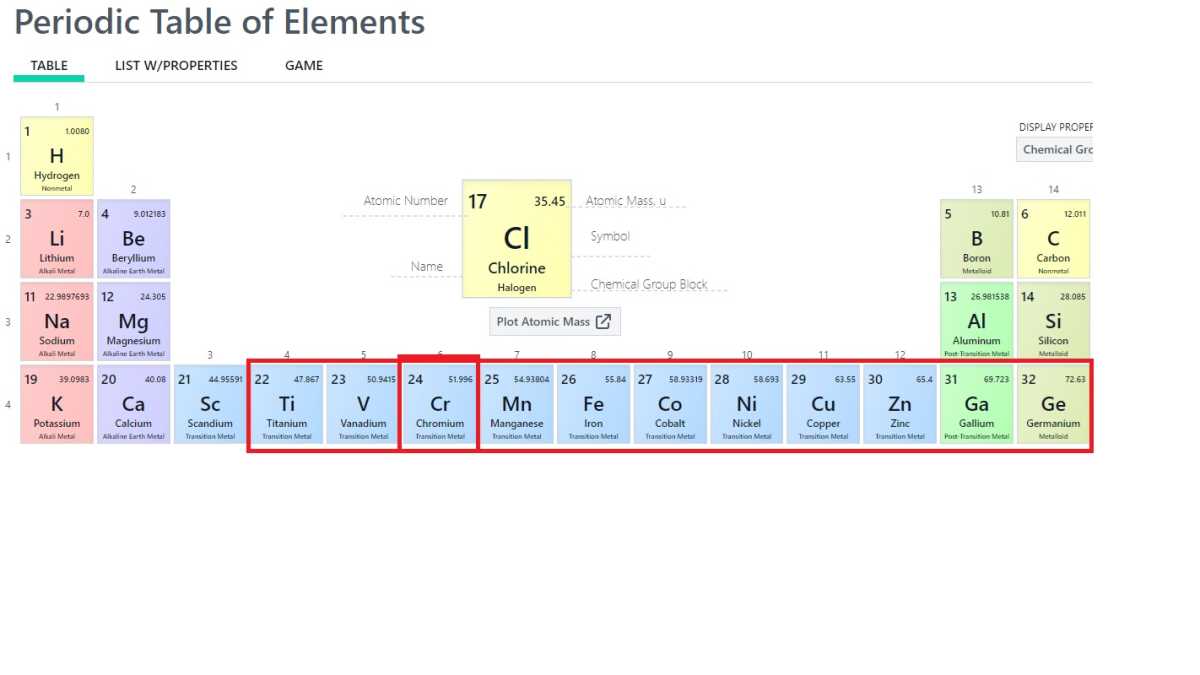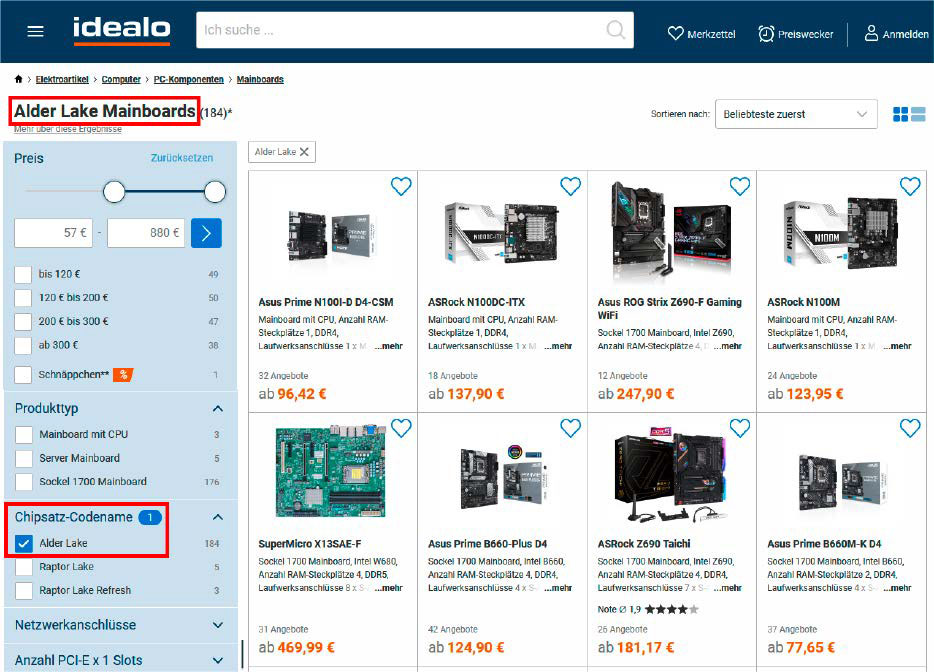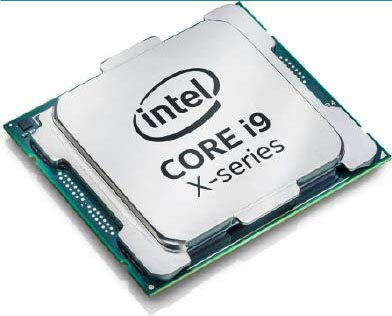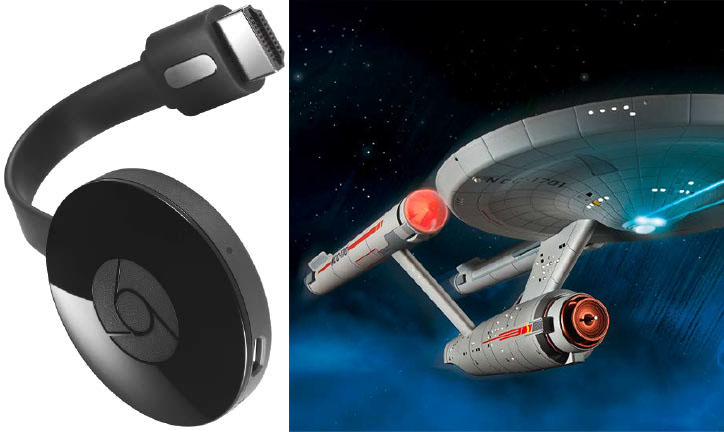
 Image: Michael Crider/Foundry
Image: Michael Crider/Foundry
Nicknames can be found in many areas. Initially, they were mainly used by the military and secret services, and author pseudonyms have also been used in literature for a long time.
However, such code names are also widespread in the IT industry, where projects and products are often given imaginary names during the development phase.
Here too, the purpose can be to keep important new developments secret from the competition and the public. However, if a certain term is used within the company, everyone involved knows exactly what it is all about.
But IT terms do not always remain within a closed circle of participants — or should not. After all, unambiguous terms are particularly helpful when searching the internet for information, products, drivers, firmware, and much more.
Here’s an example: When Microsoft released the first of this year’s two major feature updates for Windows 11 in the spring, it had a unique KB number like any other update.
If you wanted to know something about the feature update, you would have had to know the seven-digit KB number. The term “Moment 5” was much quicker. Although Microsoft itself never used it, it was clearly assigned to this update in the specialized press and on the internet.
Each Android version stands for a delicious dessert

Would you have known? Google used “KitKat” to refer to Android version 4.4 in 2013. Version 9 of the smartphone operating system was simply called “Pie” five years later.
IDG
Sometimes codenames take on a life of their own: When Google introduced its smartphone operating system over 15 years ago, the company gave the first version, Android 1.0, the nickname “Angel Cake.”
Naming subsequent versions after desserts became so popular that there was always speculation about what the next version would be called long before it was released. After all, that’s more exciting than a simple numbering system.
After the current 15 version (“Vanilla Ice Cream”), Android 16 will start with the letter W next year, but nothing more is known at the moment. Things will get really interesting with Android 19, when all the first letters of the alphabet have already been used.
As nice as the naming with desserts is, there are different levels and sub-versions below the main versions of Android.
Among other things, these are important for equipping a smartphone with a specific custom ROM. In other words, an unofficial operating system version that does not originate from the device manufacturer, but which must match the respective smartphone model exactly.
While some initially unofficial designations have developed a life of their own over time, the exact opposite is also true. You only learn the story behind them by chance. This is what happened to the author with an initially inconspicuous product name. We resolve this at the end of the article.
Operating system: The code names behind Windows, Mac OS & Linux

For a while, Windows 10 versions were named after these metals. Because Chrome was already occupied by Google, Microsoft chose the fictitious “Vibranium” from Marvel Comics instead.
Foundry
Many Windows versions also had and still have project names, but Microsoft does not have a system comparable to Android. Moreover, hardly anyone paid attention to the codes.
“Chicago” stood for Windows 95, “Memphis” for Windows 98, “Whistler” for XP, and “Longhorn” for Vista. Whistler has been known as the venue for skiing competitions since the 2010 Winter Olympics in Vancouver.
The fact that Longhorn refers to the Longhorn Bar in the Whistler ski resort falls into the category of useless knowledge. Incidentally, Windows 7 was also called “Windows 7” internally — not very original.
“Redstone” for Windows 10 also became known to a wider public because the term remained unchanged for years.
The different versions could only be distinguished by four-digit numbers: The first two digits stood for the year, the last for the month of release. Version 1709, for example, was from September 2017.
From 2019, Microsoft changed the nomenclature again and each version was given a suffix such as 19H1, 19H2, and so on for the first or second half of a year. At the same time, each version was again given an unofficial name, this time according to chemical elements.
However, because chromium follows titanium and vanadium in the periodic table and the name had long since been taken by Google, Microsoft switched to the fictitious metal “Vibranium” from the Marvel comics.
The new code-name “Sun Valley” was introduced with Windows 11. If you want to shine at the regulars’ table: “Hudson Valley” is the name of the next version of Windows.
A final note on Windows: While the U.S. Apollo space program will not be forgotten, not least thanks to the successful moon landing over 50 years ago, Windows Phone 8 is a different story, despite the identical code name.
Apple assigns code names to almost all of its devices, programs, and services, and this also applies to the versions of iOS and Mac OS.
Wikipedia documents the terms in detail, but only one should be pointed out here: Mac OS X 10.2 — initially only called “Jaguar” internally — is the last version of Mac OS without an official additional name.
From version 10.3 (“Panther”) to 10.8 (“Mountain Lion”), the feline predators became a formal part of the name.
Since version 10.9, they have been natural landmarks from California.

Each Linux distribution of Ubuntu has an individual name in addition to the version number. The current version is called “Noble Numbat” and comes with a mascot.
IDG
The Ubuntu versions stand out among the various Linux distributions.
Each version number has a code name consisting of an adjective and an animal name with the same initial letters: Currently, version 24.04 LTS bears the addition “Noble Numbat.”
And what about Chrome OS? As Google releases a new version of its laptop operating system every few weeks, it dispenses with any additions and simply numbers them consecutively.
CPU names from AMD and Intel
You have probably already come across the word “Lake” in connection with Intel’s PC processors. It is preceded by the name of a real lake. Each of these terms stands for a processor generation, production technology, and more.
This and all other information can of course also be looked up via the exact model designation for each CPU, for example Core i5-12600KF.

The family names of the processor generations from AMD and Intel are extremely helpful for many purposes and are therefore also commonly used on the internet and even by the manufacturers.
IDG
However, Intel — and the same also applies to AMD — offers a processor range that is almost impossible to keep track of and does not always name the individual models logically.
Even experts sometimes find it difficult to keep track. The designations for an entire CPU generation make it easier. These are now so common that it is better to speak of family names rather than code names.
Even Intel uses them in its extensive product database.
These terms are useful for several reasons. Each CPU generation fulfills certain standards and specifications: These include the Bluetooth, Wi-Fi, PCI Express, HDMI, Thunderbolt, RAM generations, and more.
Because every processor determines far more than just computing power, the decision in favor of one generation or another is also important when buying a notebook or PC.
The same applies when upgrading and replacing the motherboard or processor. And because a Google search with a phrase like “Tiger Lake” or “Raptor Lake” leads to clear results much more quickly than with numbers and generations, the terms have taken on a life of their own here too.
Without them, it would also be much more difficult to find out about the development of the latest processor generation on the internet.

The individual generations of CPUs from AMD and Intel have “family names” that have long since taken on a life of their own.
IDG
Detailed lists with the code or family names of the common x86 CPUs for PCs can be found on Wikipedia: here for AMD, here for Intel. The CPU-Z and Hwinfo tools also show the terms for the hardware used.
Surprise model names for the Google Chromecast
We owe you the resolution of the completely inconspicuous product name mentioned at the beginning. After the author replaced his old Chromecast player from Google with the current 4K model after many years, the question arose: What to do with the old one?
First of all, he needed to know exactly which model it was. The model number NC2-6A5 printed on it quickly made it clear that it was a second-generation Chromecast, released in 2015.

The second version of the Google Chromecast (left) bears the model number NC2-6A5 — a hidden reference to the Enterprise NCC-1701 from “Star Trek” (right).
IDG
At the same time, however, the corresponding Wikipedia entry caused some astonishment: “The model number NC2-6A5 of the second Chromecast generation is a reference to the USS Enterprise NCC-1701 from ‘Star Trek’. The ‘NC2’ can also be read as ‘NCC’, while the hexadecimal number ‘6A5’ corresponds to ‘1701’ in the decimal system.”
Wow! Who comes up with something like that, and how do you enforce it at a global corporation like Google?
The model number of the first Chromecast stick makes it clear that the numbers were not chosen at random: Here, H2G2-42 refers to the novel The Hitchhiker’s Guide to the Galaxy. This example shows that it’s a shame that such hidden messages are so rarely used — or that we so rarely hear about them.
Because the research for this article also makes this clear: Although there are certainly similar examples, ultimately you are looking for the proverbial needle in a haystack.
The almost 1,500 entries on the Wikipedia page “List of computer technology code names” also help.
Big IT names and what lies behind them
Some company and product names are shrouded in myth. There are often two or more ways of telling where the term comes from, how it came about and what it could mean. Here you can find out more about the origins of well-known IT brand names.
Apple: The origin is somewhat controversial. Was it the fruit diet of company founder Steve Jobs on an apple farm? Or was it the friendly sound of the term in English? Or was the new company in the phone book simply meant to precede Atari, an important computer manufacturer at the time?
Amazon: Allegedly, founder Jeff Bezos wanted to call his company “Cadabra.” However, because that sounded like “cadaver,” he and his lawyer agreed on a catchy term — with an A, of course, because of the telephone directory. Incidentally, the arrow was only added to the logo in 2000, by which time the online retailer already had (almost) everything in its range: “from A to Z”.
Ebay: Initially, the online auction house was much more appropriately called “Auction Web,” but the company founder later incorporated it into his consulting company “Echo Bay.” As the domain echobay.com was already taken and ebay.com was still available, the new name was quickly decided on — one of several versions of its creation.
Fritz: In two years’ time, Fritzbox manufacturer AVM will be celebrating its 40th anniversary. With the product name “Fritz,” the Berlin-based company wanted to express its German origins at the time.
Google: It’s hard to believe that the company name was the result of a typo. The original plan was to use “Googolplex” to express a gigantic number. When searching for the URL availability, co-founder Larry Page is said to have mistyped and entered “Google” instead of “Googol” — the URL was still available.
This article originally appeared on our sister publication PC-WELT and was translated and localized from German.
Author: Peter Stelzel-Morawietz, Contributor

Peter Stelzel-Morawietz enjoys tinkering and writes on all topics related to Windows, software, internet, telecommunications, consumer protection and DIY. He is also very knowledgeable about energy, photovoltaics and the like.
Recent stories by Peter Stelzel-Morawietz:
How to take screenshots of complete web pagesWindows: How to only allow software from the Microsoft StoreMicrosoft OneDrive: How to edit images directly in the cloud



